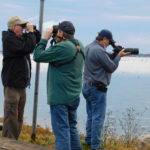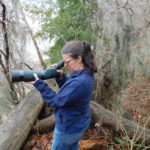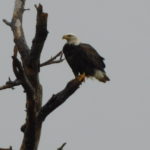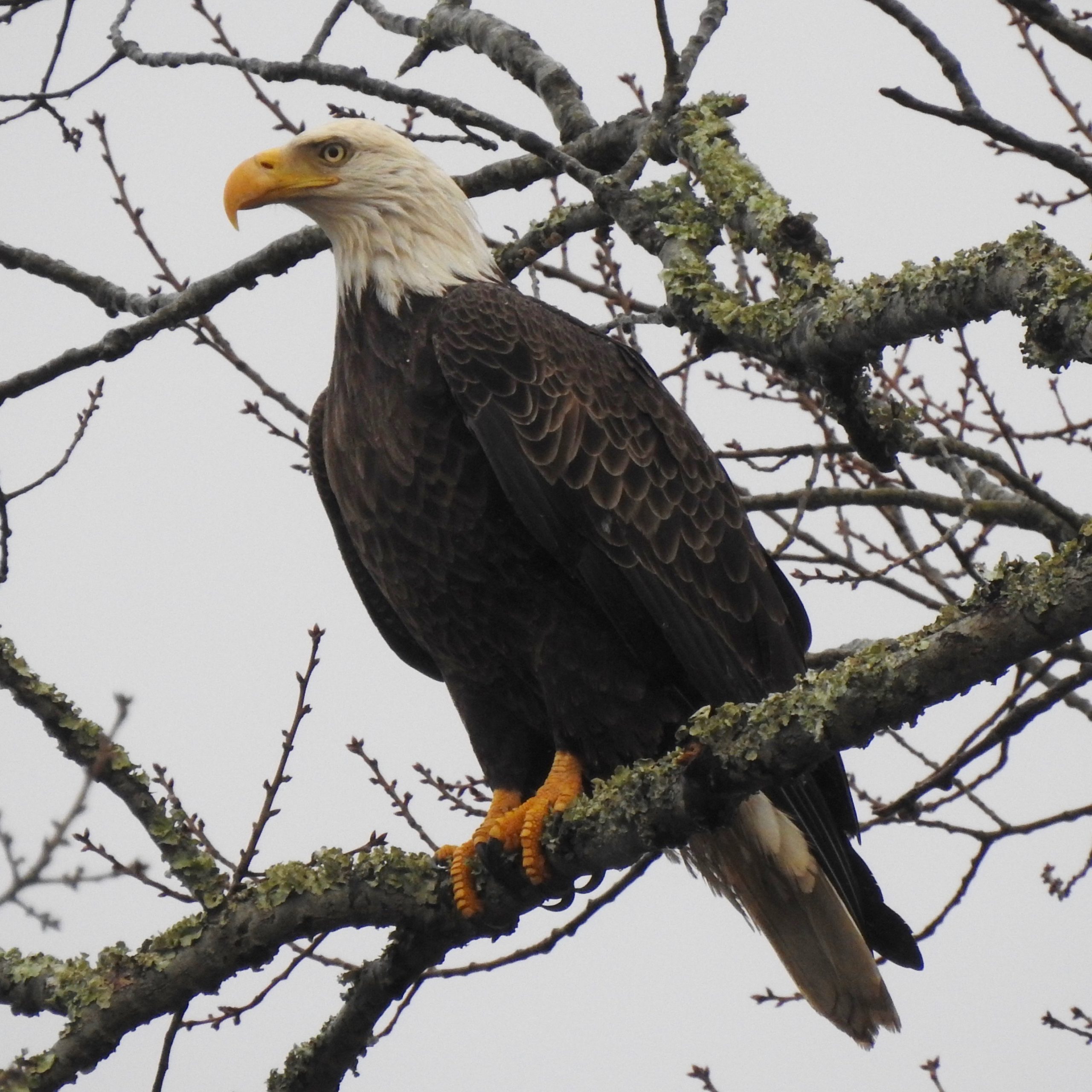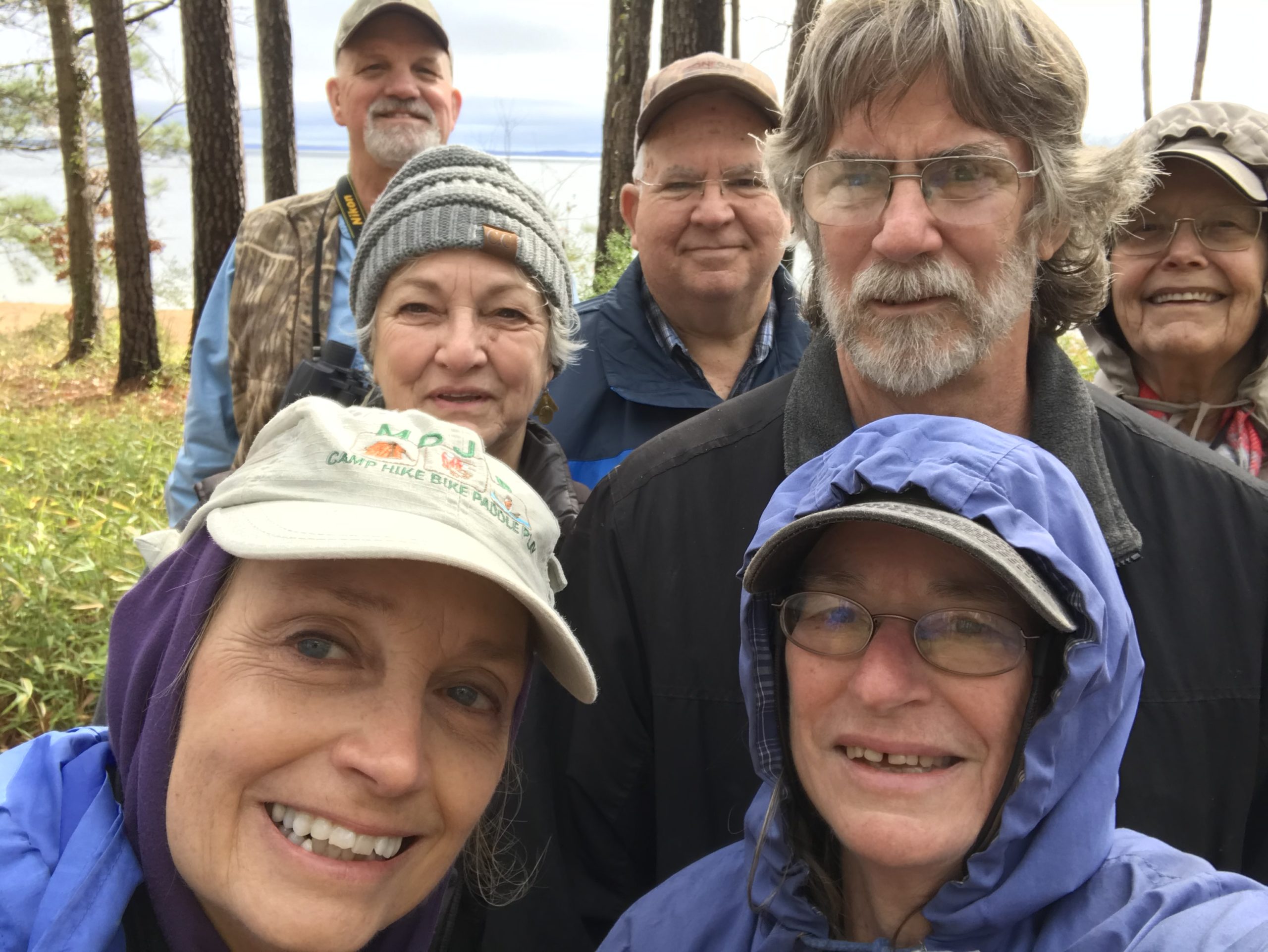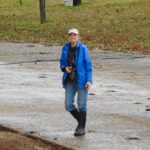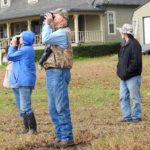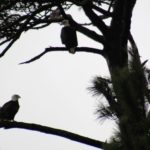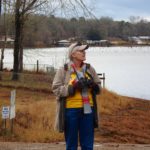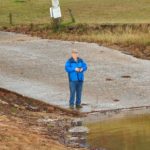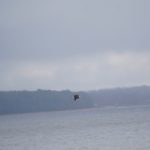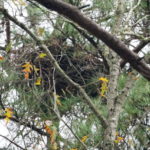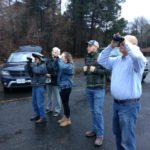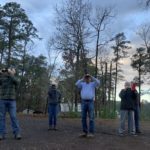Three teams of 17 volunteers met at 7 am at the Sabine County Courthouse in Hemphill on January 11, 2020 to conduct the Annual Mid-Winter Bald Eagle Count at Toledo Bend. The temperature was a balmy 69 degrees Fahrenheit as we set out, but the line of thunderstorms that passed quickly through the area several hours earlier brought a front that dropped the temperatures to 49 before we concluded about mid-day. In all, the teams counted a total of 53 Bald Eagles and four nests.
After the Bald Eagle began to recover from near extinction following a ban on the use of DDT, the National Wildlife Federation began sponsoring these counts nationwide to monitor their populations. Volunteers from the Longleaf Ridge chapter of Texas Master Naturalists have conducted this survey for the last several years along the entire western side of the Toledo Bend Reservoir and reported their findings.
Since this monitoring project began, the conservation status of the Bald Eagle has changed from Endangered to Threatened, and then was finally removed from the Endangered Species List in 2007. They have recovered from the DDT threat, but now they face a new danger from mercury and heavy metals like lead. Eagles are now dying from lead poisoning after ingesting game carcasses containing lead shots or fish containing lead sinkers. This is a real threat in East Texas where hunting and fishing are so popular. Lead-free ammunition and sinkers are available, but there is a lack of education to promote them.
- Fred Lyons, Phillip Hight, Keith Stephens
- Lori Horne
- Team 3 Sighting
- Team 2 Sighting
- Team 2
- Claire Boutte
- Claire & Doug Boutte, Jerry Clark
- Team 3 Sighting
- Janette Johnson
- Sandy Brent
- Terry McFall
- Sighting by Team 2
- Georgia Purdy
- Lauren Turner, James Pulliam
- Juvenile Sighted by Team 3
- Nest Sighted by Team 2
- Team 1
- Team 1 Sighting
- Team 1



